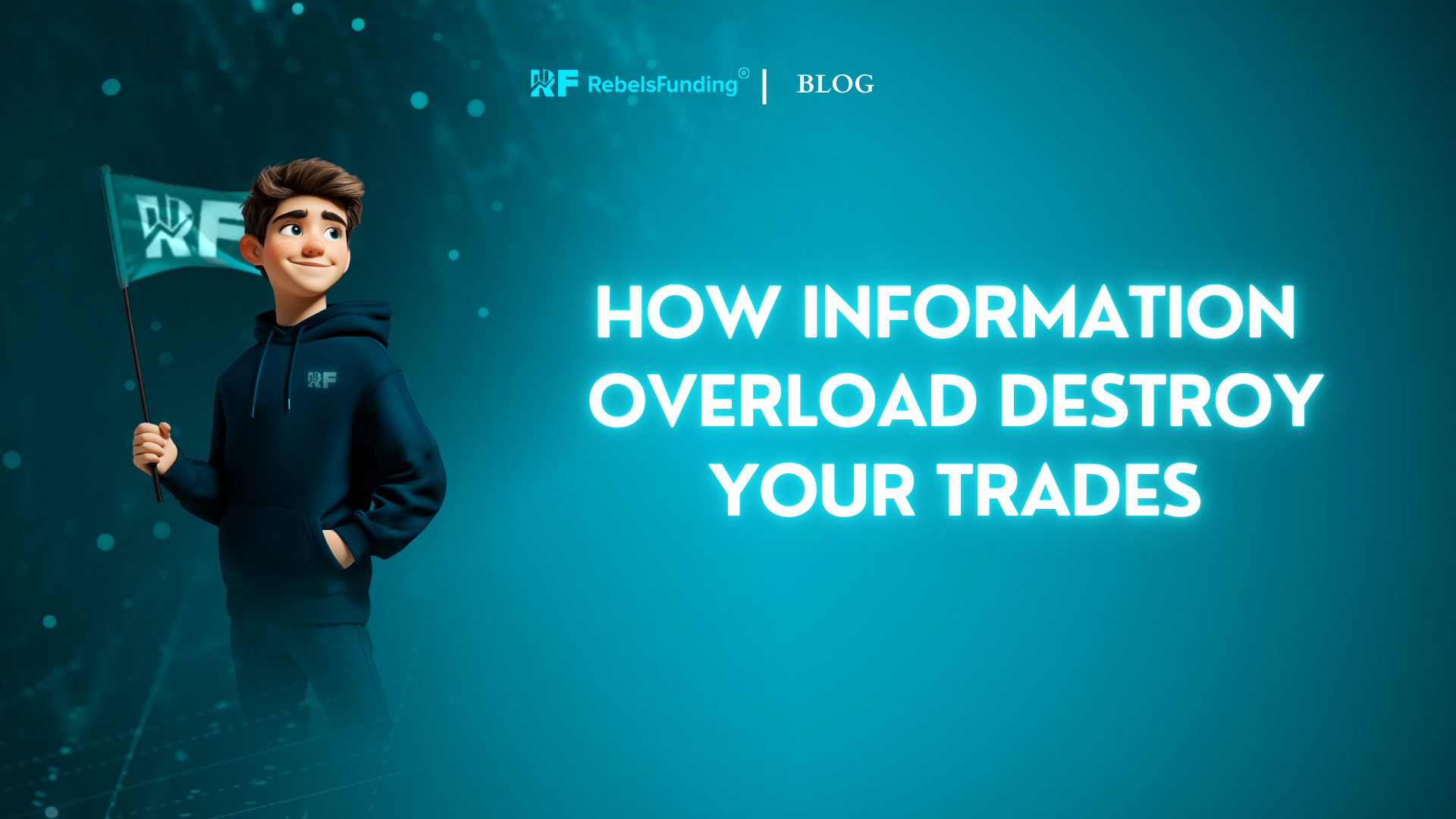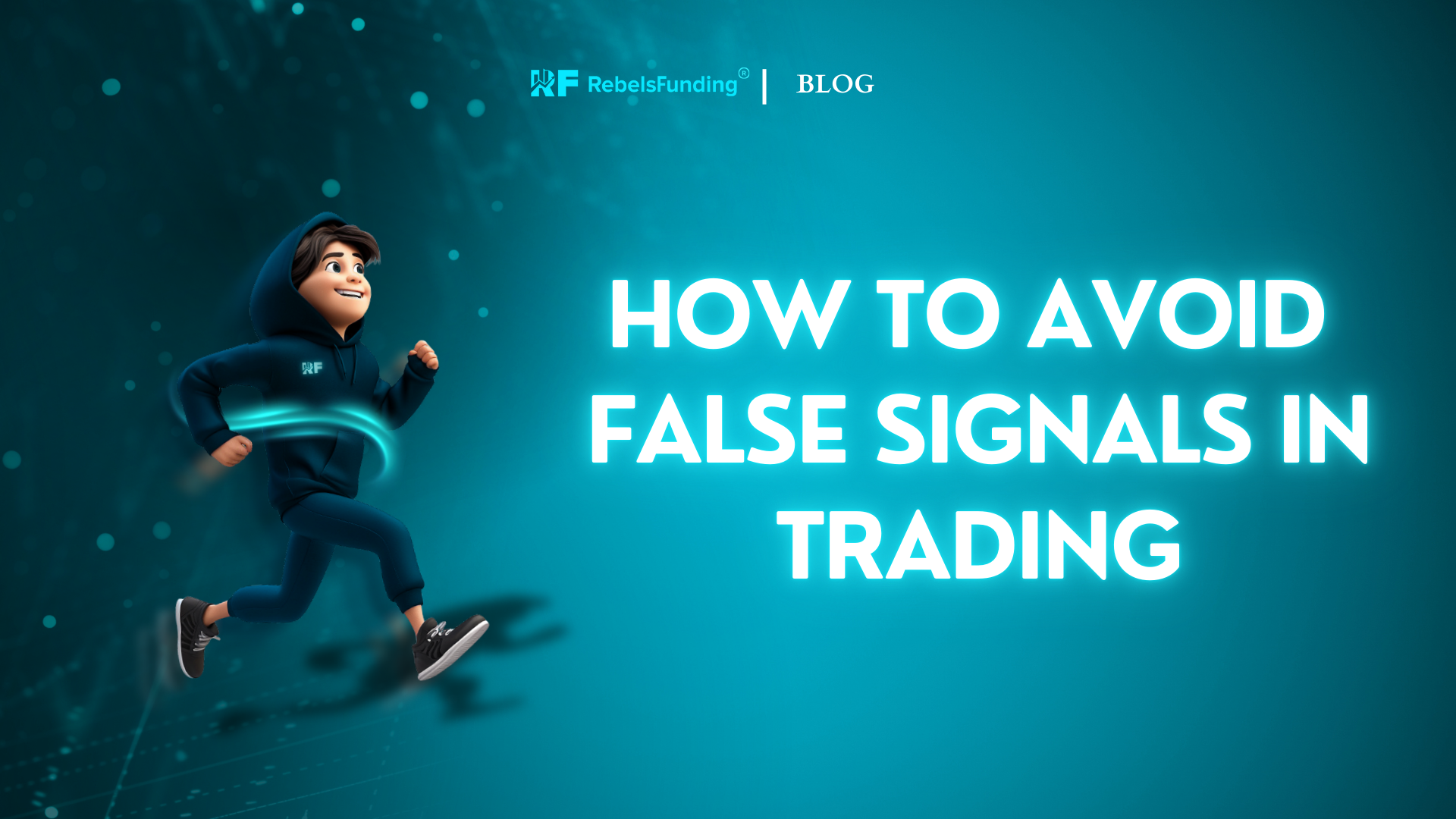How to Read Forex Economic Calendar and Use it to your Advantage

To read an economic calendar, review key data, including event schedules, affected currencies, impact levels, past figures, forecasts, and actual results. Then, compare expectations with real outcomes to anticipate market reactions or behaviour.
Let’s examine in more detail how to use an economic calendar to your advantage:
The key parts of an economic calendar you should know & analyse
Date and time: It shows when an event is scheduled to happen. Major reports would influence price movements. Use this information to plan/prepare ahead.
Currency to be impacted: Each event is associated with specific currencies. For e.g, US economic news mainly affects USD pairs.
Event description: This part gives more information or details about the report and why it matters to market speculators.
Impact, Actual, Forecast, Previous: Previous refers to the last reported figure, Forecast (the expected result based on analysts’ predictions), and Actual shows us the newly released data, which often triggers market reactions.
Knowing these components can guide you to interpret market sentiment and speculate possible price fluctuations.
Identify high impact events
It is important to note that not all economic events control the market equally. Some have a stronger impact on currency volatility than others.
High impact events: Reports like employment statistics (Non-farm payrolls from the USA), inflation data, interest rate decisions, and GDP growth often cause major price swings.
Medium impact events: Indicators such as consumer confidence and retail sales can create moderate fluctuations.
Low impact events: Less significant reports may have minimal influence unless they contain unexpected data.
How to use it in trading
A. Plan your trades around primary announcements: You should know when important reports will be released. This would help you avoid unnecessary risks.
If you anticipate high volatility, you may choose to enter, exit, or adjust your position(s) accordingly.
B. Compare forecast vs actual data: If the actual data strongly deviates from forecasts, pairs may experience sharp movements.
A better-than-expected result can strengthen an asset, and weaker data may result in depreciation.
C. Watch market reactions: The market does not always respond to data releases in a straightforward manner.
Sometimes, traders react based on expectations rather than the actual figures.
Paying attention to how price action unfolds can provide insights for future trades.
D. Use it alongside technical analysis: Fundamental data is vital but combining it with technical analysis can enhance your decision making.
This approach can guide you to pinpoint potential entry and exit points.
Mistakes you should avoid when using an Economic Calendar
Do not ignore time zones: Make sure the calendar is set to your local time to avoid misinterpreting event schedules.
Don’t overreact to every news release: Not all data has a lasting impact. Focus on major reports that align with your trading strategy.
Do not trade without a risk management plan: Even if you predict market movement “correctly”, unexpected volatility can still happen and lead to losses.
So, always use stop loss orders and manage your leverage wisely.
FAQs
What is a forex economic calendar?
It is a tool that displays scheduled financial events and data releases that may influence currency markets.
How can I access economic calendars and is it free?
You can find these calendars online (on various financial websites or trading platforms). Most of them are free to use.



